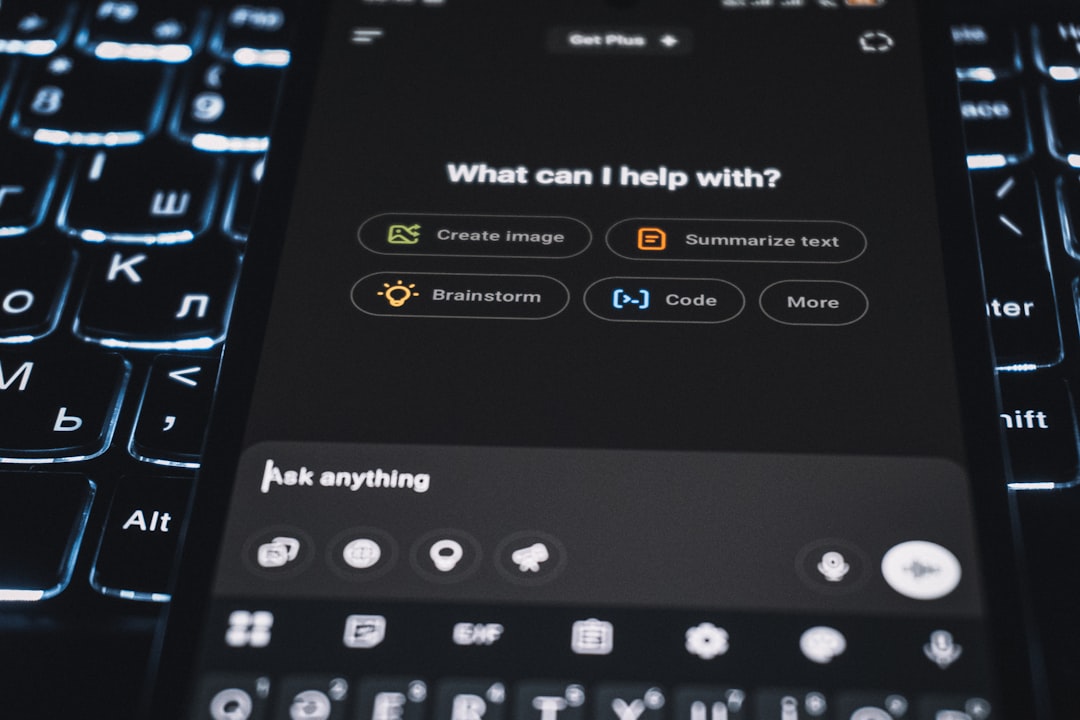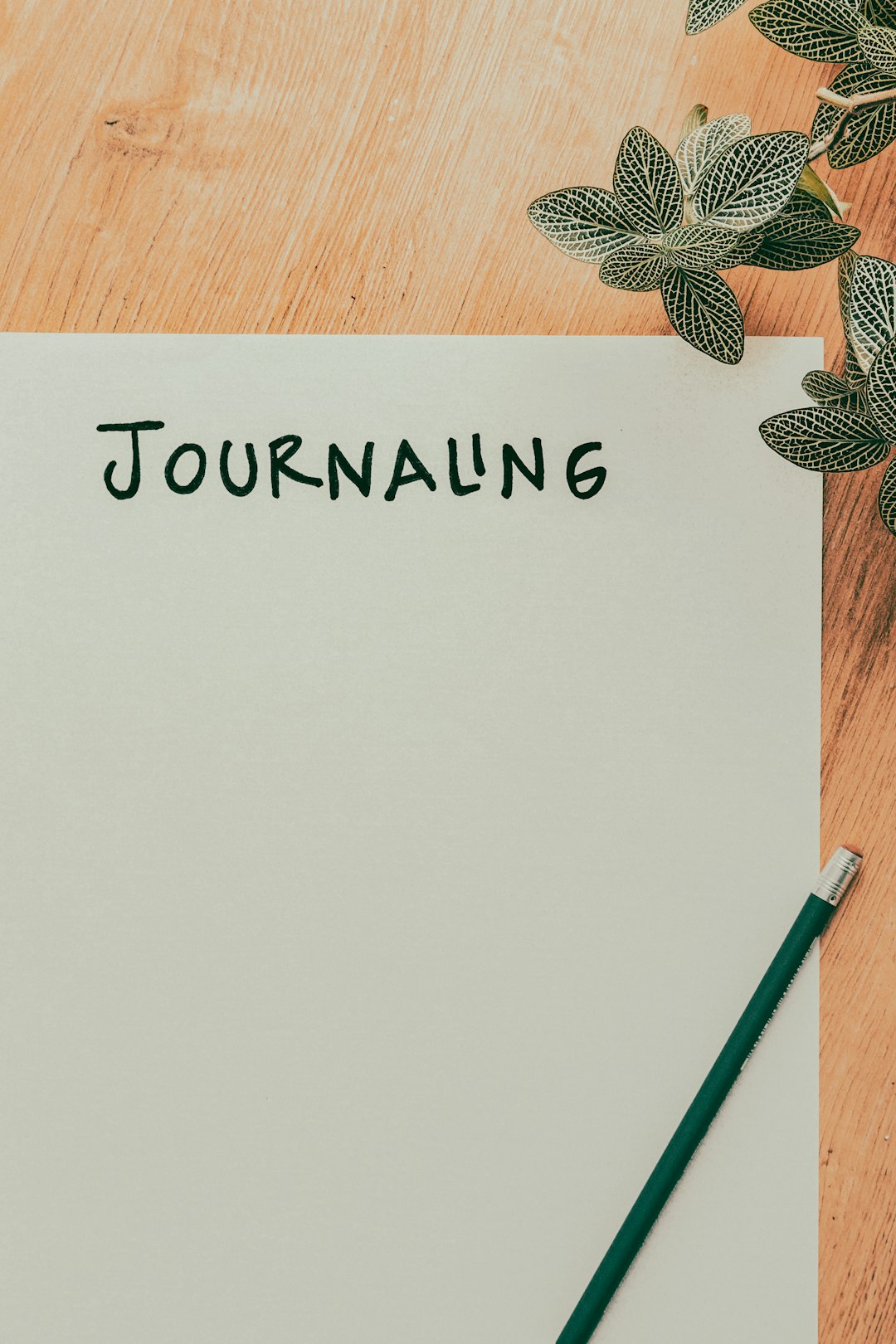In recent years, artificial intelligence (AI) has gradually begun to play a larger role in mental health care. Among the most promising tools is ChatGPT, a conversational AI developed by OpenAI. Often used for educational or productivity purposes, ChatGPT can also be applied in therapeutic spaces as a complementary tool for managing mental health. However, its effectiveness hinges heavily on how prompts are written and customized. Crafting the right ChatGPT prompts is essential for creating meaningful, supportive, and personalized mental health conversations.
The Role of ChatGPT in Mental Health Support
ChatGPT is not a licensed mental health professional. Nonetheless, it can function as a supportive, empathetic conversational partner for individuals managing anxiety, depression, stress, or emotional challenges. What makes it versatile is its ability to provide immediate, 24/7 availability, a nonjudgmental space for expression, and help with reflection or behavioral techniques such as journaling, cognitive restructuring, or mindfulness prompts.
Yet, for maximum effectiveness, users must learn to tailor their prompts so that ChatGPT responds in a way that aligns with their emotional state, mental health goals, and personal preferences. A one-size-fits-all approach is inadequate when dealing with something as nuanced as mental health.
Why Customization Matters in AI Therapy
Mental health is highly individualized. What works for one person may not work for another. By customizing therapy prompts in ChatGPT, users can:
- Identify personal emotional triggers
- Focus on preferred therapeutic methods (like journaling or mindfulness)
- Create a safe conversational tone that suits their comfort level
- Set boundaries for emotionally sensitive topics
- Ensure consistency and structure in check-ins or exercises
This personalization gives users more agency over their own mental health journey, something that traditional apps or self-guided programs often lack.
How to Craft Effective Therapy Prompts
When creating customized therapy prompts for ChatGPT, it’s important to structure them clearly. Use language that reflects your emotional needs and includes any topics or formats you’d like to focus on. Below are techniques for different customization goals.
1. Clarify Emotional Intentions
If you’re feeling a specific emotional state like anxiety or sadness, include that context in the prompt. For example:
- “I’m feeling overwhelmed today. Can you help me unpack what’s bothering me?”
- “Can you walk me through a calming breathing exercise?”
These prompts help ChatGPT adopt a more nurturing and grounding tone during the interaction.
[h3>2. Use Therapeutic Frameworks
You can request responses based on specific therapeutic approaches that you find helpful. For example:
- “I’d like to explore my thought patterns today using a CBT format. Can you help me identify distortions?”
- “Can we do a 10-minute journaling exercise inspired by DBT?”
This allows ChatGPT to simulate conversations aligned with professional therapy modalities.
3. Set Boundaries for Safe Engagement
AI cannot detect emotional distress in the way a human can. For this reason, it’s essential to build boundaries into your prompt. For example:
- “Don’t bring up trauma-related topics unless I ask specifically.”
- “Avoid discussing death, violence, or self-harm. Keep the tone calm and positive.”
Explicit guidance helps maintain a conversation that supports well-being.
4. Create Regular Check-ins
Turning to ChatGPT on a regular basis can help users develop emotional awareness and track mental health changes over time. You can build structured rituals into the prompts:
- “Can you ask me three reflection questions every morning to help me start the day mentally prepared?”
- “Let’s do a Sunday night emotional check-in. Ask about my highs and lows from this week.”
ChatGPT can also record patterns or create summaries to help you visualize your progress.

Types of Customized Therapy Prompts
Depending on where you are in your mental health journey, different types of prompts may serve you better. Here are a few categories:
Reflection & Journaling Prompts
- “What was something I handled well today and how did it make me feel?”
- “Help me write a gratitude journal entry.”
Self-Compassion and Affirmations
- “Talk to me like a coach who believes in me. Help boost my self-esteem.”
- “Can you write three positive affirmations I can say today?”
Problem-Solving and Decision-Making
- “I’m unsure how to handle a conflict with a friend. Help me explore options rationally.”
- “Can we do a pros and cons list for a decision I’m facing?”
Stress Reduction & Mindfulness
- “Guide me through a 5-minute body scan mindfulness exercise.”
- “Help me refocus when I’m feeling scattered.”
Each of these can be modified over time based on your evolving emotional and psychological needs.
Best Practices for Long-Term Use
When using ChatGPT as part of your mental health toolkit, consider the following best practices for longevity and safety:
- Complement with Professional Care: ChatGPT is not a substitute for a licensed therapist. Use it as a supplement, especially between therapy sessions.
- Record Key Takeaways: Keep a log of your most helpful conversations so you can return to them later.
- Protect Your Privacy: Avoid sharing personally identifiable details and use secure platforms when engaging with conversational AIs.
- Prepare for Emotional Impact: Even though ChatGPT is very empathetic in tone, recognize that exploring your feelings may be emotionally intense. Ground yourself afterward with something comforting.

Common Mistakes to Avoid
While customizing prompts can be incredibly empowering, a few mistakes can reduce the effectiveness or introduce unnecessary distress. Avoid:
- Overloading Prompts: Asking for too many things at once can confuse the model. Separate complex prompts into smaller tasks.
- Relying Solely on AI: Use ChatGPT as one element of a broader self-care toolkit. Don’t isolate yourself from human support.
- Skipping Emotional Readiness: If you’re going through a crisis, it’s better to turn to a helpline or trained crisis counselor instead of AI.
Looking Ahead: The Future of AI in Mental Health
As natural language processing continues to evolve, the possibilities for AI-assisted mental health support will grow. Soon, platforms may offer adaptive emotional sensing, richer integration with wearable mental health data, and customizable therapy bots matched to a user’s psychological profile.
Until then, the key lies in how you craft your interactions with tools like ChatGPT. By customizing prompts, educating yourself about safe boundaries, and integrating these conversations into a broader wellness plan, users can unlock the benefits of this modern support system without abandoning the timeless principles of human-centered care.
In the realm of mental health, personalization isn’t just an enhancement—it’s a necessity. And with the right approach, ChatGPT can be a powerful ally on the journey toward healing and emotional well-being.


